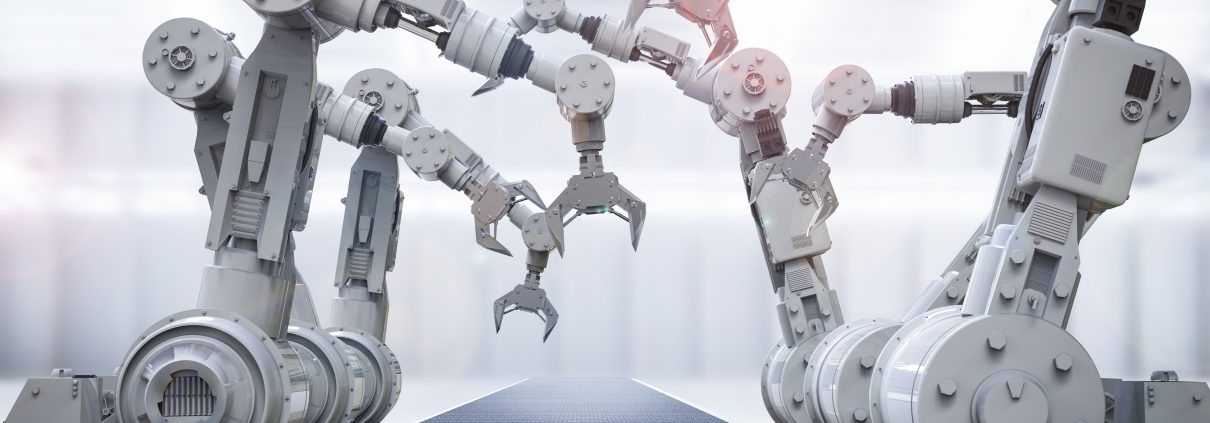Industrial robotics market growth outlook with industry review and forecast by 2024
A growing demand for automation robots from small and medium-sized businesses along with continued investment from enterprise level companies is set to provide strong growth for the industrial robotics market over the next seven years according to recent data from Global Market Insights. The report shows that the global industrial robotics market is expected to grow to around $80 billion in 2024 from around $38.11 billion today, that’s a compound annual growth rate (CAGR) of 9.60%.
Articulated robots to lead the way
It’s no surprise that articulated robots will maintain the largest market share, the adaptability of these robots which enables them to be used in a number of environments, including; pick and pack, welding, depalletizing and even painting, means there is no shortage of companies looking to take advantage of this type of technology. It is also expected that this type of robot will become cheaper over the next few years which allows smaller businesses to take advantage of them.
But it is the collaborative robot market which is expected to provide the most growth going forward, with a CAGR of around 25% expected over the next seven years. These types of robots are designed to work in conjunction with humans to carry out repetitive tasks which humans find boring. They can also work without supervision and often for 24 hours or more without having to take a break.
Not all robots are expected to increase their market size however, the cylindrical robots market is expected to shrink over the same period due to the limited number of applications where this type of robot can be used. Many cylindrical robots are expected to be replaced by more advanced collaborative or articulated robots in the near future.
Which market sectors will provide the most growth?
As expected the automotive sector will provide the main driving force behind the global industrial robotics market. The shift to new electric propulsion systems along with more advanced collaborative robots means many automotive companies will be looking to replace outdated cylindrical robots with more adaptable and cost-effective models.
Other market sectors which are set to a see a strong take up of robotics in production are the pharmaceuticals and food manufacturing sectors. The falling cost of palletizing robots will be of particular interest to food and beverage manufacturers, while articulated robots are suitable for pharmaceutical environments due to their ability to work in sterile environments.
Which regions will the growth come from?
Much of this growth is expected to be driven by companies located in European and North America markets due to increasingly high labour costs in these regions. When combined with the lowering of prices for many of the most common types of industrial robots, such as articulated and collaborative machines, this makes industrial robots particularly appealing to manufacturers based in these regions.
Asia Pacific countries will follow on behind, but growth will be limited in these countries due to the relatively low cost of labour compared with western markets. However, as the cost of robots comes down, the more robots are expected to be deployed in the region, especially collaborative robots which are relatively cost-effective to deploy.







